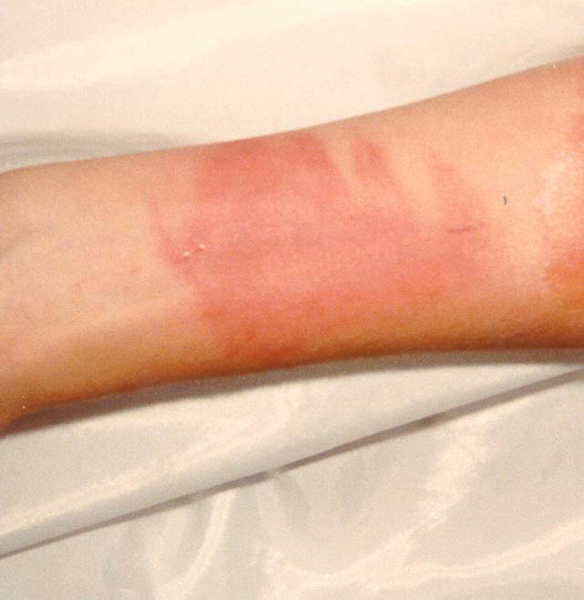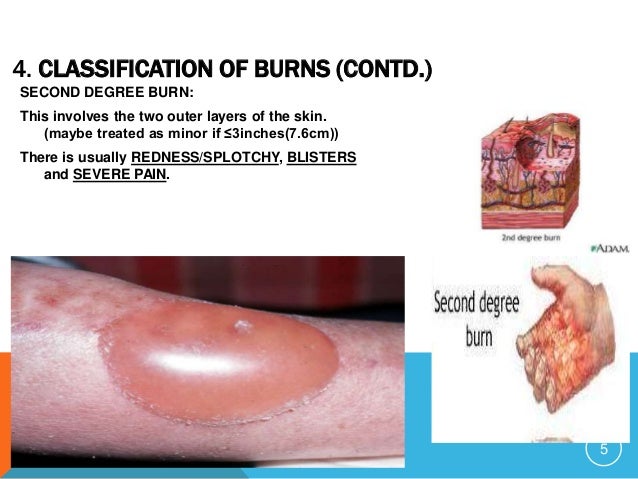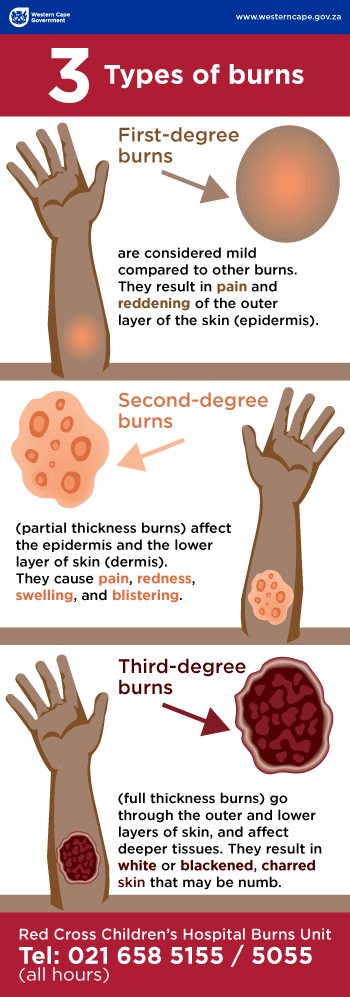

The treatment for a burn is influenced by its degree.
#2nd 3rd 1st degree burn skin#
Keep children in the shade especially in intense sun in the middle of the day, and frequently reapply high sun protection factor (SPF) suncream especially if they are in and out of the swimming pool.Quick Links: What Are Burn Injuries? | Burn Injury Statistics | Burn Stages & Classification | First Degree Burns | Second Degree Burns | Third Degree Burns | Method Of Burn | Legal AssistanceĪ burn injury is defined as damage to the skin or soft tissue, caused by:īurns are classified as first, second or third-degree, depending on how deep and severely they penetrate the skin surface (see classification and stages). In the sun, keep covered up with baggy clothing such as an oversized T-shirt, put on lots of suncream and wear a hat. Behave responsibly around them and keep young children well away. Never light them by throwing petrol and a lighted match at them. Fit a mixer to the taps and never leave a child alone in or near the bath.

Hot water in the bathroom is another risk – so when there are small children in the house, fill baths by running the cold tap first. Invest in fire safety equipmentīuy a proper fire-smothering blanket and keep it somewhere in the kitchen where it is easily accessible. Always put pans to the back of the hob if possible and turn handles to the back away from where small hands might reach. When cooking, keep small children away from hot drinks, pans and kettles, barbecues and other open flames. Always used a fixed guard around open fires in the house. Instead the fire should be smothered by covering the pan with a damp cloth. Never throw water over oil fires, such as in a chip pan, because this will cause a fire explosion that can have severe consequences. While accidents do happen, to minimise your risk of burns try the following tips: Be fire-conscious in the home Do not put any creams on the burn at this stage, but you can give the person simple pain relief such as paracetamol. Put cling film or a plastic bag over the burn before moving the person to hospital, but don't wrap the cling film tightly round a limb. First-degree burns, eg mild sunburn, may not require this treatment although it may help to soothe discomfort. Meanwhile keep the person warm, a lot of heat can be lost from large burns so put a blanket or clothing around the non-injured areas. Remove clothing or jewellery from the burned area but don't try to peel back any clothing that is stuck to the skin. Sometimes an hour of this treatment can be beneficial, however, in severe burns it is more important to get the person to hospital for treatment, so don't let this delay calling the ambulance. Keep the damaged area under running water for at least ten minutes and even longer if the pain has not stopped. The first thing to do is to limit the extent of the damage, and prevent the burn from becoming worse. A skin graft is usually necessary for significant areas of third-degree burns. Damage to the sensory nerves in the skin can mean that third-degree burns may be quite painless as the burned skin lacks sensation to touch.

The burned surface can appear normal, white, black (charred), or bright red from blood in the bottom of the wound.

The tissues in all layers of the skin are dead. The damage is deeper and blisters usually appear on the skin. The damaged skin may be slightly moist from leakage of the fluid in the deeper layers of the skin. The skin is red, painful and very sensitive to touch. Burns are classified according to the depth and extent of the skin damage, in the following way: First-degree burns So, what's the difference between first, second and third degree burns and what's the best first aid method? We look at the treatment, prevention and complications of burning yourself:īurns are damage to skin and deeper tissue caused by contact with fire, heat, electricity, radiation, or caustic chemicals. Sometimes, though, domestic burns can be much more serious and need urgent medical attention. We all burn ourselves from time to time, whether it's from a cooking accident, sunburn or running the bath too hot.


 0 kommentar(er)
0 kommentar(er)
